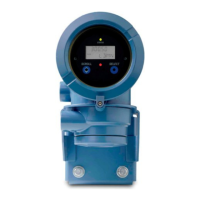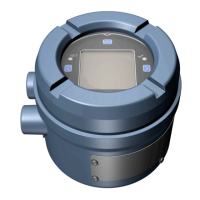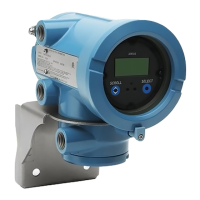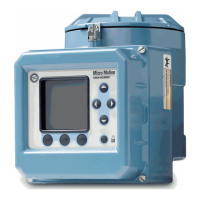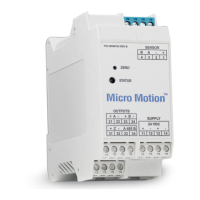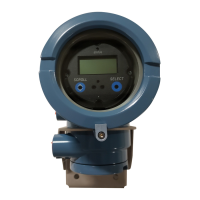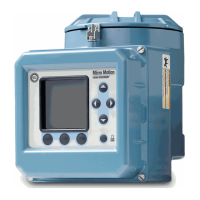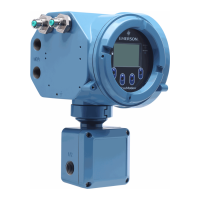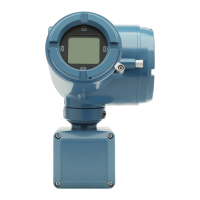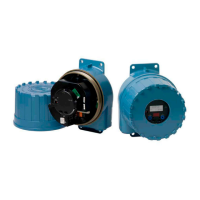100 Micro Motion Series 1000 and Series 2000 Transmitters
Measurement Performance
Density and temperature calibration require two data points (low and high) and an external
measurement for each. Calibration produces a change in the offset and/or the slope of the line that
represents the relationship between process density and the reported density value, or the relationship
between process temperature and the reported temperature value.
Note: For density or temperature calibration to be useful, the external measurements must be
accurate.
Transmitters are calibrated at the factory, and normally do not need to be calibrated in the field.
Calibrate the flowmeter only if you must do so to meet regulatory requirements. Contact Micro
Motion before calibrating your flowmeter.
Micro Motion recommends using meter validation and meter factors, rather than calibration, to prove
the meter against a regulatory standard or to correct measurement error.
10.2.4 Comparison and recommendations
When choosing among meter verification, meter validation, and calibration, consider the following
factors:
• Process and measurement interruption
- Smart Meter Verification provides an option that allows process measurement to continue
during the test.
- The original version of meter verification requires approximately three minutes to
perform. During these three minutes, flow can continue (provided sufficient stability is
maintained); however, measurement is halted.
- Meter validation for density does not interrupt the process or process measurement.
However, meter validation for mass flow or volume flow requires process down-time for
the length of the test.
- Calibration requires process down-time. In addition, density and temperature calibration
require replacing the process fluid with low-density and high density fluids, or
low-temperature and high-temperature fluids.
• External measurement requirements
- Neither version of meter verification requires external measurements.
- Zero calibration does not require external measurements.
- Density calibration, temperature calibration, and meter validation require external
measurements. For good results, the external measurement must be highly accurate.
• Measurement adjustment
- Meter verification is an indicator of sensor condition, but does not change flowmeter
internal measurement in any way.
- Meter validation does not change flowmeter internal measurement in any way. If you
decide to adjust a meter factor as a result of a meter validation procedure, only the reported
measurement is changed – the base measurement is not changed. You can always reverse
the change by returning the meter factor to its previous value.
- Calibration changes the transmitter’s interpretation of process data, and accordingly
changes the base measurement. If you perform a zero calibration, you can restore the
factory zero at a later time. You cannot return to the previous zero (if different from the
factory zero), density calibration values, or temperature calibration values unless you have
manually recorded them.
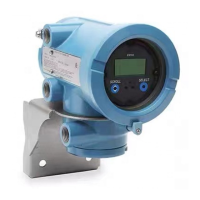
